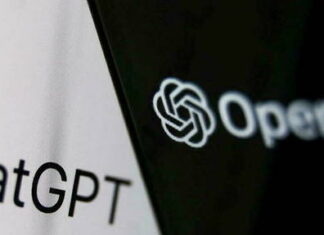Small satellites are revolutionizing access to information to bring transformative innovations to multiple industries on Earth, from agriculture and energy to disaster relief and challenges. by climate change. Falcon 9, Elon Musk’s SpaceX rocket, launches them in clusters of around fifty each week, but small private players are also trying to find a trajectory in this space race.
Thus, the Spaniards Raul Verdu and Raul Torres, co-founders of PLD Space 12 years ago, and their teams will launch a Miura 1 demonstrator between mid-April and mid-May of this year. In fact, a sounding rocket that will validate the processes developed by the start-up PLD, then used for flights marketed and launched with Miura 5 from Kourou, in Guyana, near the Equator, which reduces the trajectory launchers (or increase their payload).
Several steps remain to be taken at the El Arenosillo Experimentation Center (CEDEA) in Huelva (Andalusia, Spain) of the National Institute of Aerospace Technique (INTA), which we visited. Fuel loading tests will be performed, as well as a five-second burn that will allow authorities to declare Miura 1 safe for flight. An experiment from the German Center for Applied Space Technology and Microgravity (ZARM), at the University of Bremen, will then be placed under the fairing, to test certain technologies under microgravity conditions. This type of test flight offers universities the opportunity to validate, at zero cost, research carried out in laboratories that do not have unlimited budgets.
But the green light for the launch remains subject to weather conditions, since a wind of less than 20 km / h, a calm climate and the absence of potential storms are required. By aiming for the Gulf of Cadiz (from where Christopher Columbus left in 1492), PLD has a trajectory with maritime overflight incompatible with south-westerly winds, which could bring rocket debris back to inhabited areas. The configuration of the launch pad, in the National Park of the Sierra de Aracena and the Pics d’Aroche, is reminiscent of the Landes Test Center in Biscarosse, facing the Bay of Biscay. If the firing is successful, the next step will be the launch at Kourou of Miura 5, this time with two floors, whose lower module will be recoverable thanks to a rustic solution, using parachutes, validated by the army. Spanish.
How much does a launch cost? PLD Sace expects $35,000 per kilogram, a variable cost depending on the trajectory. Thus, the Miura 5 rocket will be able to place a mass of 840 kg at 500 km in polar orbit, but only 540 kg at 500 km in equatorial orbit. Each mission requires a specific (and confidential) financial study. The start-up thus calculates 6 to 10 quotes per week for future customers. The costs of other operators are high. Count 100,000 dollars per kilogram for a launch with Ariane 5 (10 tons in geostationary orbit), the last firing of which is expected in June. With Ariane 6, whose first launch is expected this year, we hope to reduce these costs by 40%. Falcon 9, SpaceX’s reusable two-stage rocket, costs $67 million for 6 tons launched geostationary.


















